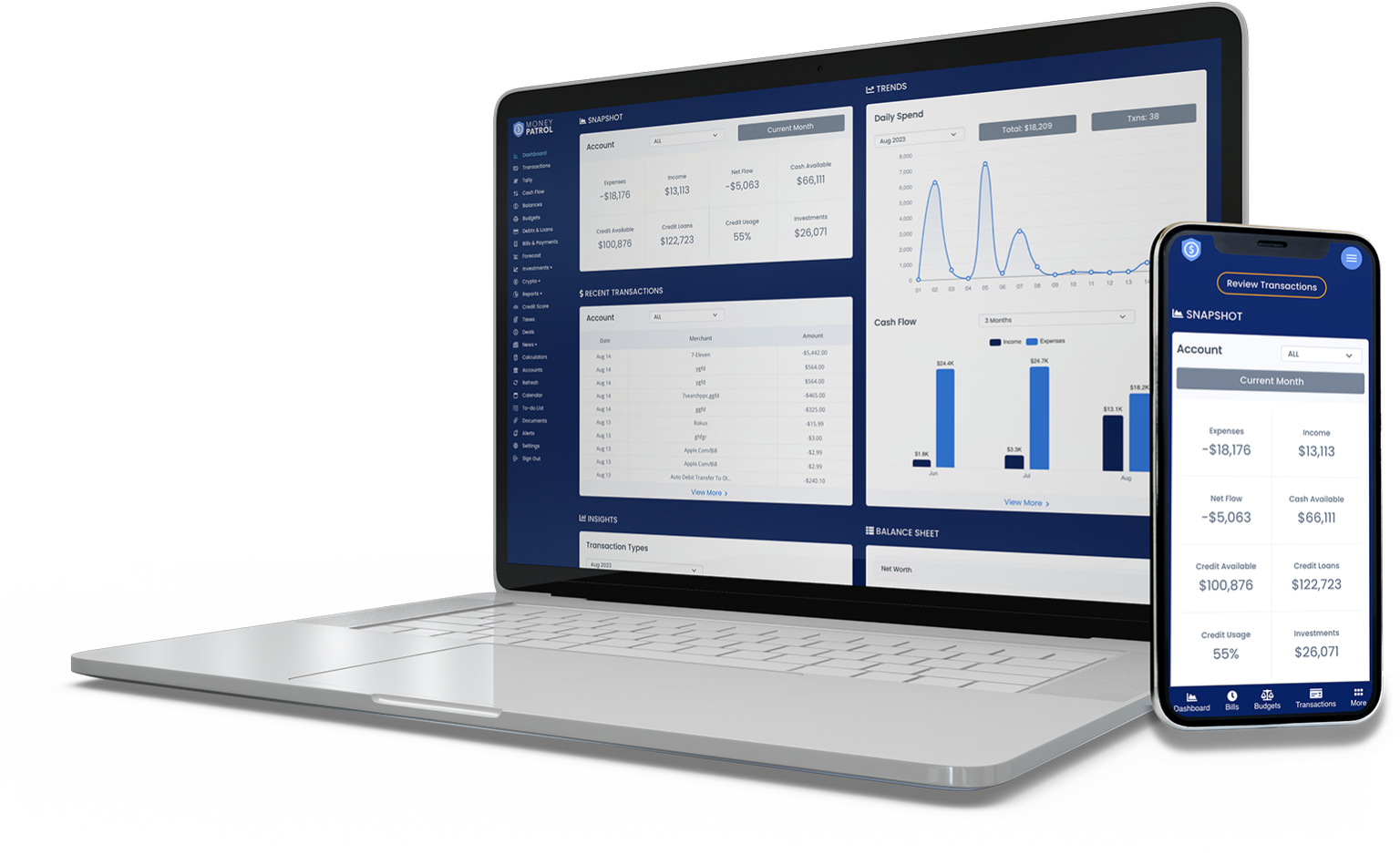What is Day Trading?
Day trading is a profession where traders use intraday tactics to profit on price fluctuations in a particular asset.
To profit from perceived market inefficiencies, day traders use a range of approaches and strategies.
Technical analysis is frequently used in day trading, requiring a high level of self-discipline and impartiality.
- The activity of buying and selling stock on a trading day is known as day trading. It can happen in any market, but the foreign exchange (FX) and stock markets are the most common.
The majority of day traders are well-educated and well-funded. They take advantage of small price swings in liquidity stocks or currencies by using highly leveraged and short-term trading tactics.
- The crux issue in day trading is volatility. To make money, day traders rely primarily on share or market fluctuations.
- They prefer companies that fluctuate a lot during the day, regardless of the reason: a positive or negative earnings call, favorable or unfavorable news, or just market mood.
Investors also prefer highly liquid equities, which allow them to enter and exit positions with little impact on the stock’s price.
- Day traders may buy the stock if it is rising in value or sell it short if it is falling in value, hoping to benefit from the stock’s decline.
- They may trade the same stock multiple times in a day, purchasing one moment and then short-selling the next to profit from shifting sentiment.
Many traders utilize borrowed money to conduct trades to boost earnings, a technique known as “buying on margin.”
- With a margin account, you can borrow up to 50% of the price of the investment you’re planning to buy using the securities you already hold as leverage. This type of leverage can boost earnings above what you could get with your own money, but it also comes with significant risks: your losses would be exacerbated.
1. Practice Makes Man!
The one with patience finds this rule the easiest, and the one without it considers it the hardest. It is good to understand day trading before jumping into it. Gather information and practice as much as possible.
- First of all, open a trade account.
- Through which you can trade virtual money in the market and practice different strategies without putting your real money at risk.
- Through paper trade accounts, you can also try various instruments and learn the rules of Forex trading and options trading rules.
If you’re considering being a day trader, it’s a good idea to obtain some real-world experience first.
- Paper trading is a method of simulating trading methods to examine how they’d have performed in the real world. Online brokerage platforms are increasingly allowing advanced paper trading capabilities through sample accounts or as a service for existing users.
- Simulated trading, often known as paper trading, allows individuals to buy and sell stocks without jeopardizing real money.
While back-testing trading methods is possible, traders may well be tempted to use primary data to make current trades, called the look-ahead bias, while using the wrong analysis and modeling dataset may result in a survivorship bias.
The inclination to judge the competence of existing people is known as Survivorship Bias.
When paper trading, it’s critical to keep a detailed record of your trades and follow your approach over a long enough period. Some methods may only operate in bull markets, leaving traders vulnerable when the market turns bearish.
- To verify that their strategies stand up to scrutiny successfully and deliver the maximum risk-adjusted returns.
- Investors might replicate trading with a basic spreadsheet or even pen and paper, but trade. Still, traders and it difficult to manually record hundreds or even thousands of businesses per day and calculate their profits and losses.
Fortunately, several online brokers and financial periodicals provide a paper trading platform to practice before investing real money in the market. It enables them to try out different techniques and practice the software.
If you are a beginner, do not trade in the first 30-35 minutes of market opening. The market is a bit confusing during its first half-hour of settling up. There is so much fluctuation that it is hard to follow the charts or understand what is happening.
Even experienced traders avoid the initial 30-35 minutes.
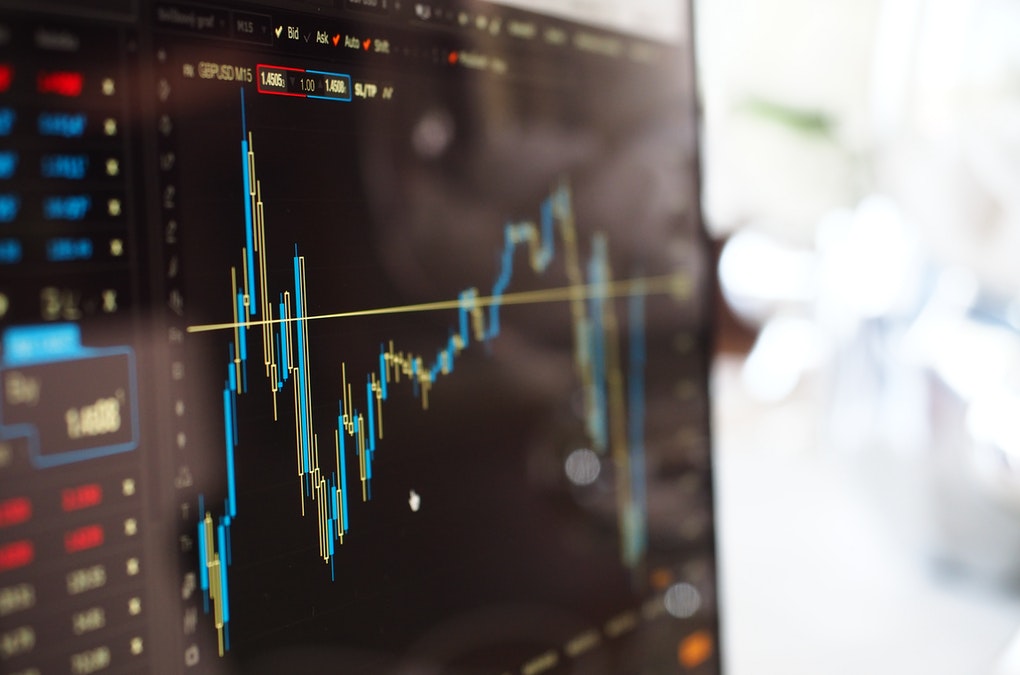
2. Whether to Avoid a Margin Account Or Not?
Margin trading allows you to use stocks you currently possess to buy more, sell them short, or get a line of credit. While there are numerous advantages to opening a margin account, it’s also vital to thoroughly comprehend the dangers before proceeding. Before we go into the risks, let’s look at the main advantages of employing margin.
- Advice for the beginners – avoid Trading on a margin account. A margin account is a loan given by your brokerage and secured by the funds of your account.
- These funds can be used as leverage to buy a high-value stock that you otherwise cannot buy with your existing cash.
- This leverage represents both your losses and your gains. So, it’s great if you are winning, but it isn’t excellent if you are not.
There are few-day trading rules for cash accounts that can come up, even if you are not trading on margin: All your bonds and stocks should be settled within three days. Which means you must pay for the supplies you bought within three days.
The brokerage has three days to transfer the money to your account after selling stock and vice versa. When you buy stock using unsettled funds, it is known as the Free-Riding Rule.
Issues of the free-riding rule can be avoided by trading through a margin account, but it’s essential for beginners to stick to Trading with their cash until they get experienced and confident in their trades.
Many online brokerages provide a feature to prevent violations of the free-riding rule even before they come up.
- Short selling is a complex strategy in which an investor attempts to profit from a falling stock price.
- To sell securities short, you must first borrow stock from one brokerage business, demanding that you have a margin account approved.
- After borrowing shares, one can trade them and then repurchase them at a lower price later.
- Your profit would be the disparity between the earnings of the initial sale and the cost of buying back the shares. You may be placing too many eggs inside one basket if a substantial block of shares controls your portfolio through one company, including a current or previous employer. You might be able to use such shares as leverage for a margin loan if you have a margin account.
- You can then diversify your portfolio using the loan money instead of selling your original stock. Margin trading allows you to use stocks you currently possess to buy more, sell them short, or get a line of credit.
While there are numerous advantages to opening a margin account, it’s also vital to thoroughly comprehend the dangers before proceeding. Before we go into the risks, let’s look at the main advantages of employing margin.
The most important takeaways are:
- To assist lessens the chances of a margin call, consider establishing a cash reserve in your account.
- Prepare for volatility by putting your portfolio in a position to withstand significant changes in the estimated worth of your collateral without going under your minimum equity requirement.
- Invest in resources with a high rate of return; the securities you purchase on margin must, at the very least, be able to earn more than the loan’s interest rate.
- Establish a personal trigger point; set aside additional funds to add to your margin account if your balance reaches the margin maintenance requirement.
- Regularly pay interest; interest payments are applied to your account every month.
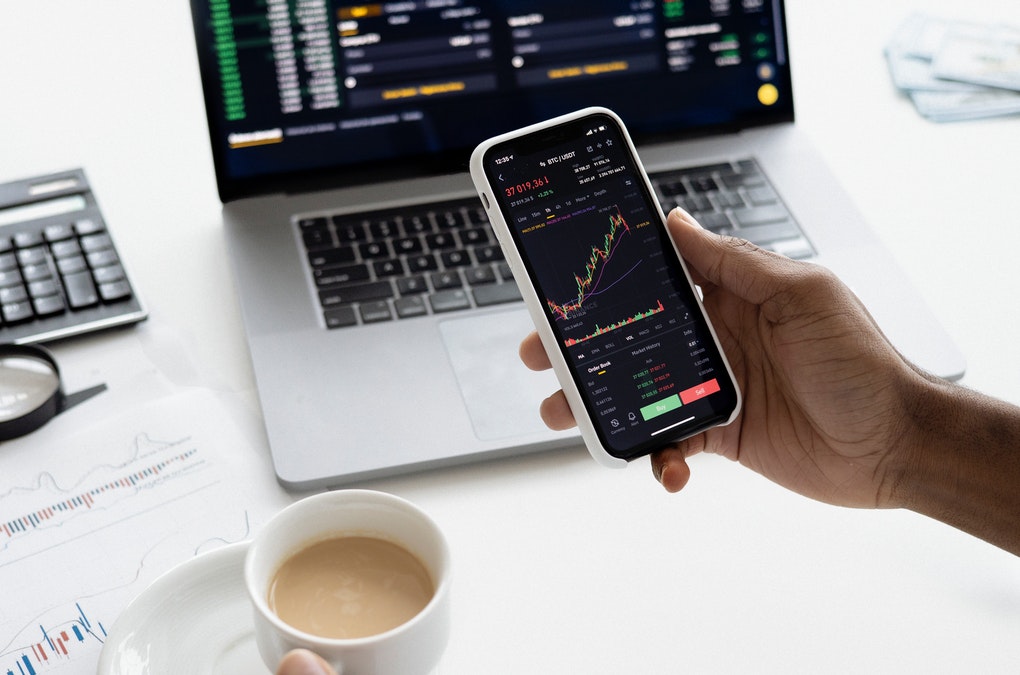
3. What are Your Legal Limits?
Knowing your legal limits is essential when you’re dealing in stocks. In Stock Trading, there are many rules that you need to familiarize yourself with, the most important rule being the 25k limit rule.
If you are willing to trade through a margin account, you must keep your account balance over $25,000 to continue day trade.
- A day trade is a trade in which stocks are bought and sold on the same day only. If someone continuously breaks the 25k rule, they are termed a pattern day trader, and that account is frozen for the next 90 days.
- However, those not trading on margin are subject to different trade rules.
- Keeping trade records is vital for every trader, even for an experienced one. It helps in reviewing and making better decisions and not making the same mistakes again.When an expert shares a trading rule with you, you must write it down for future reference. It is easier to plan and work on your trade missions by keeping track of your past trades.
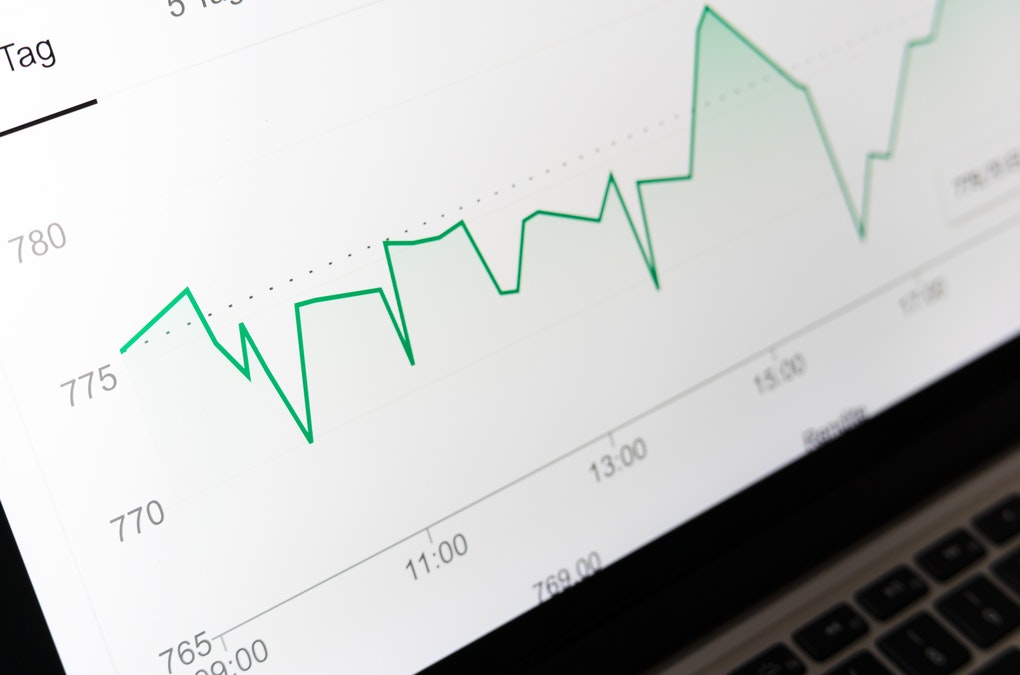
4. Avoid taking Tips from Unverified Sources
If someone gains money, someone else loses it; this is the thumb rule of the stock market.
- Other than insider trading, which is also a rampant issue in the stock market, taking tips from unverified sources can end up your money in a total loss.
- Several illegitimate “sources” on the internet will try to push you into the trade by claiming to have insider information but never rely on them.
Usually, these people pump up a stock’s value so that they can sell it before you at the perfect time and take the profit.
- Or probably they are scammers who are engaged in insider trading. If all else fails and you aren’t sure what to do, hire an advisor to make things easy.
5. The Thumb Rule: Stick to the Plan
The thumb rule decides the winner and the loser of a day market. Anyone who gains most is the winner and the loser who loses most.
Mistakes and experience is the best teacher ever. Only your mistakes can reveal the reactions to your actions.
⦁ These mistakes can be beneficial for you if you take them seriously. But if you repeat them repeatedly, you will lose hard and make someone else rich.
⦁ To survive the fluctuations of day trading, you must have a plan and stick to it. When you have goals, you make a plan and strategies too.
If you ever find yourself deviating from the Plan, remind yourself about the losses that you could incur and their repercussions on your life.

6. Know Your Sectors
You can’t be an expert in every sector, so choose what you’re good at and stick to it. You need to know your strengths and utilize them to make a profit.
⦁ If you invest money in an unfamiliar sector, you don’t know what circumstances can put you at a loss.
⦁ But if you want to dive into other sectors, you must prepare yourself as you did in the beginning.
Choose your sector; consume all the trading information to become an expert. Then only it will work out well in your favor.
Day trading is not just about stocks; there are varied trading instruments such as bonds, currencies, commodities, derivatives, and more.
7. Learn Other Trading Instruments:
There are different rules for different day trading options, so it’s wise familiarizing oneself with them all before jumping in. To do that, you may use paper trading platforms.
- Some traders try out only a single option, while others might try their hands in multiple; different trading instruments means more potential.
- If you think you are ready to experience all this, follow the rules, keep tracks, learn from mistakes then yes, give it an honest shot!
All of the numerous asset classes and agreements that can be exchanged are referred to as trading instruments. Trading instruments are divided into several groups, some of which are more common than others.
They include equities and future contracts, as well as indices, currencies, and other financial instruments.
Most trading instruments in the United States are controlled by the Securities and Exchange Commission (SEC), it oversees trading instruments and the compliance of trading firms. Contracts for differences, in particular, are prohibited by the SEC.
- Stocks are holdings in a firm whose value fluctuates based on its performance. Stock exchanges are where stocks are traded. A “share” refers to a single stock, and purchasing one renders the purchaser a stakeholder in the company.
- An exchange-traded fund (ETF) is a stock exchange-traded portfolio of assets. ETFs follow the price of the stocks they own as a whole. ETFs come in a variety of shapes and sizes, from metals ETFs to tech stock ETFs and much more.
- Futures contracts are usually assigned i.e., set amount/ quantity, price, and delivery place that function as a legal commitment to buy a specific asset in the future at a defined price.
- Futures contracts are most typically used to trade commodities like soybeans, cocoa, petroleum products, and other agricultural products.
- Forward contracts differ to futures contracts in that they are customizable, as opposed to standardized futures contracts. They’re frequently used to protect and hedge against the danger of other assets.
- Currency derivatives are contracts such as futures, forwards, and options that trade a certain currency. Forex traders who operate based on currency movements frequently employ them.
- Metals such as gold, silver, and copper are used as both assets and trading instruments in futures contracts. Physical metals dealing, particularly the metals gold and silver, is fairly prevalent.
- An option contract gives a purchaser the right to purchase an asset at a predetermined price and date. Call options allow you to acquire something, while put options allow you to sell something. An options contract, unlike with a futures contract, does not bind the buyers to purchase or sell
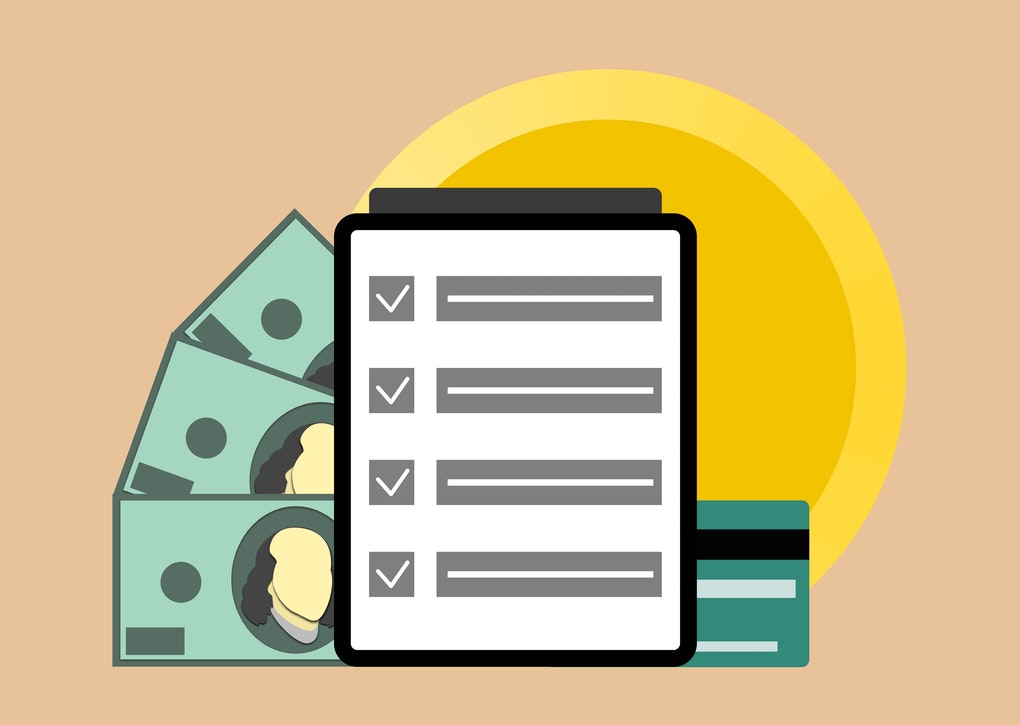
8. Conclusion:
If you’re a new investor, spend as much time as possible paper trading before jumping into live trading. Make an effort to experiment with new tactics and ideas to become more comfortable.- The goal of using simulators is to help you get more comfortable and shorten your learning curve.
- Traders must take advantage of these features to avoid expensive mistakes and enhance their uncertain returns and performance over the long term.
- Consider investing with a business that has had a consistent run—with a lower cost and a steady response to market conditions—once you feel you’ve learned everything you can with a simulator.
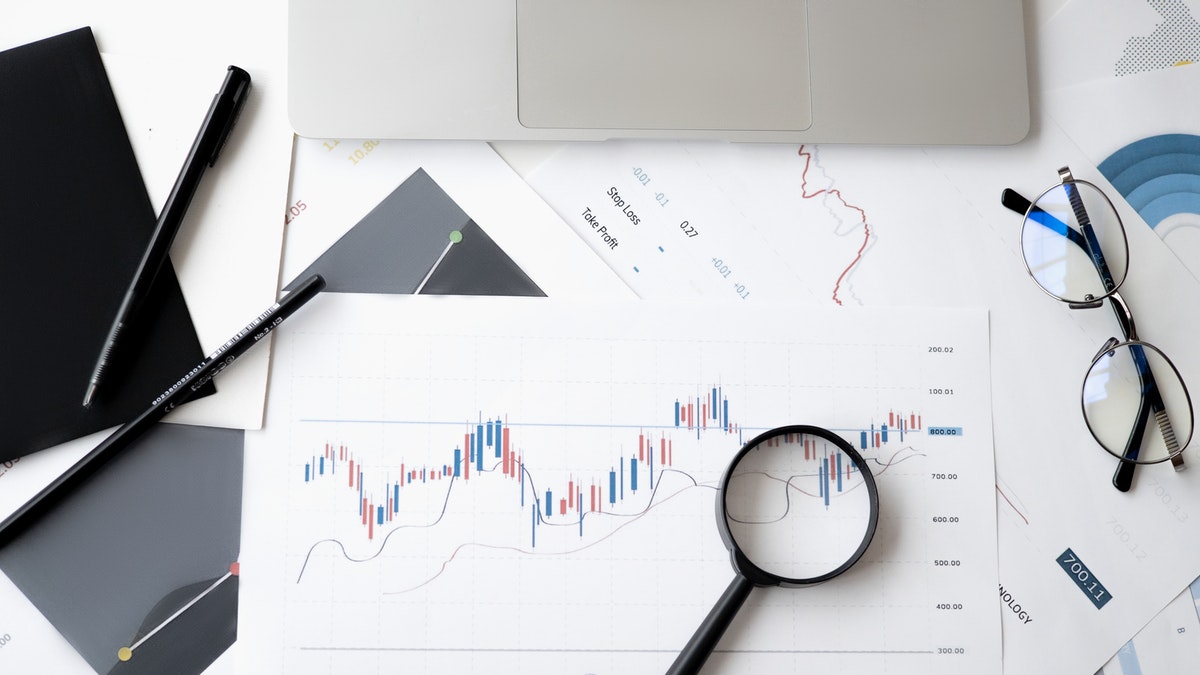


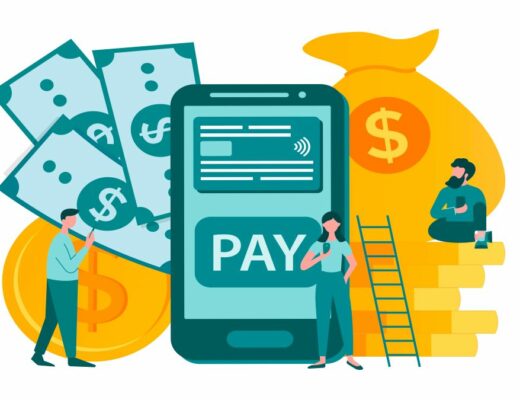
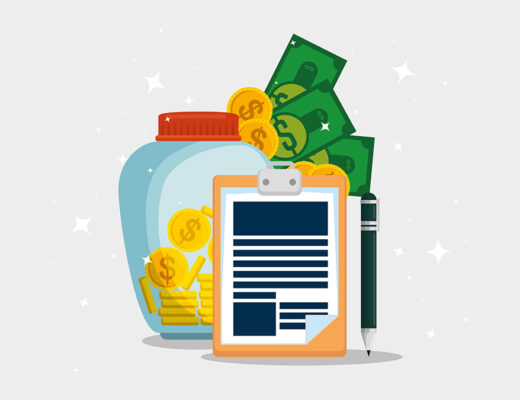
 Our users have reported an average of $5K+ positive impact on their personal finances
Our users have reported an average of $5K+ positive impact on their personal finances
